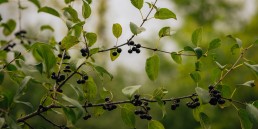Manicured Gardens and Lawns
For so long, most western societies have valued groomed lawns and manicured gardens; those considered beautiful for their lack of weeds, crisp edges and often symmetrical landscaping. Having lived in urban areas most of my life, it wasn’t until moving to the Bruce Peninsula that I felt a sense of belonging, being surrounded by many other wild and weedy places. However, as our climate continues to change, more and more people are in search of ways to change course from the predicted direction we are headed for.
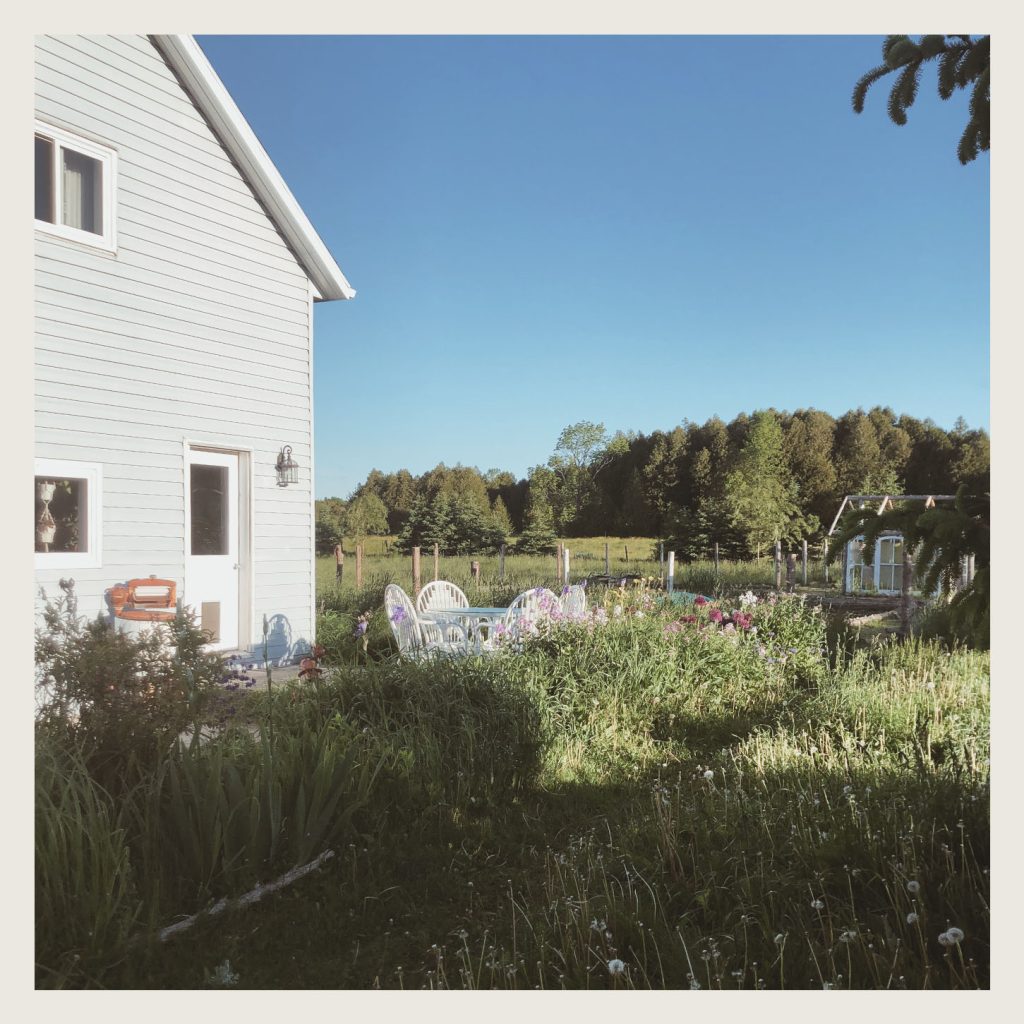
Depending on where you live, some of these impacts may be more noticeable, and in other places, less so. However, on a global scale, many parts of the world are experiencing the effects of rising sea levels, extreme temperatures and warming oceans. Our climate here in Canada is warming twice as fast as the global average. Biodiversity and habitat loss may also be observed, as the conditions of our own health continue to change, while the landscapes around us do too.
Though there are many clever and remarkable ways conservationists are trying to slow the pace of climate change (including the implementation of nature-based solutions and other effective area-based conservation measures), recognizing that many individuals and organizations are implementing strategies to reduce waste and emissions, I would argue that now is time for a change of narrative and for redefining the admirable qualities of the lands that surround us. Whether it be our backyards, community gardens or city parks, these are all opportunities to work together in support of a regenerative way forward, paying respect to every element of life that can help us fight climate change.
Of course, allowing for a wilder landscape is only one of the many actions we can take, it is one that has a cascade of positive outcomes. By creating these naturalized spaces, more land is being added to wildlife corridors (which can exist in different scales and ways), where all forms of life — mammals, birds, fish, amphibians and reptiles — can migrate, feed and drink, and we are connecting more habitats for them to move through as they continue through their different stages of life. Corridors may not have to be continuous, large or perfect to still help.
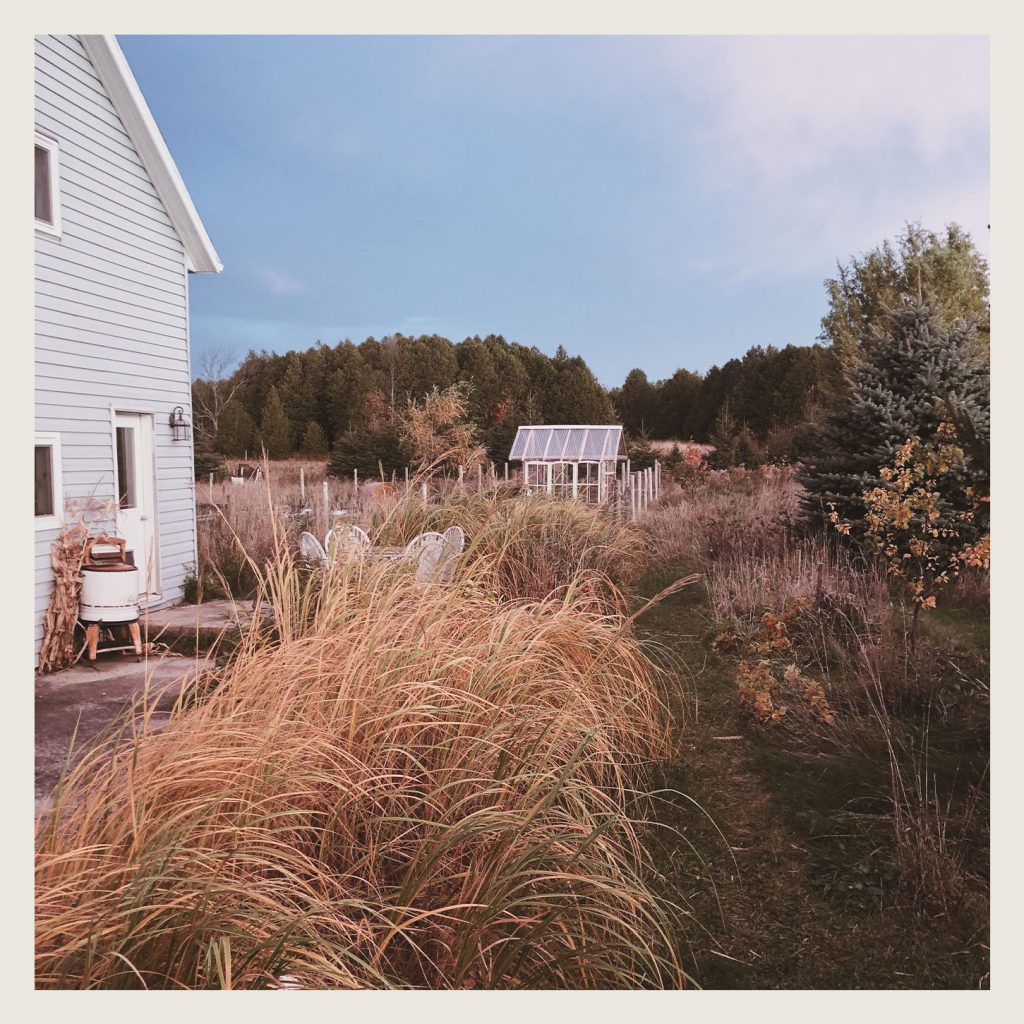
A part of my lawn where only a walking path is mowed and other tall grasses, asters, black-eyed Susans, and more are allowed to flourish
The Impact on Our Own Land
Living in a household surrounded by a naturalized lawn on the Bruce Peninsula of southwestern Ontario, I’ve witnessed these words that I share come to life. Since mowing only enough space for walking paths, planting a vegetable garden and a firepit, my family and I have been able to give back just under half a hectare of land to nature in hopes of creating a small, but thriving, ecosystem. The birdsong, combining melodies of meadowlarks, buntings, blue and blackbirds, sparrows and robins, cheers us along, as we continue to tend to the abundance of new-to-us species — black-eyed Susan, common yarrow, gray goldenrod, and a colourful variety of asters (to name but a few). Though this requires some work, these efforts promote a yard that is, in many ways, self-sufficient.
Another approach to consider is creating a food forest, or planting a diverse array of edible species, in an attempt to mimic the ecosystems and patterns found in nature. This will typically include canopy layers of fruit and nut trees, berry bushes and shrubs, herbaceous plants valuable for food and medicine, ground covers, and, at the root layer, fungi and harvestable root vegetables (this is also a great opportunity to learn what’s native to your area, and to incorporate habitat for species at risk). This concept considers the many necessary layers for maintaining symbiotic relationships, from the tallest tree to the ground below while also creating food for those doing the planting and the species passing through.
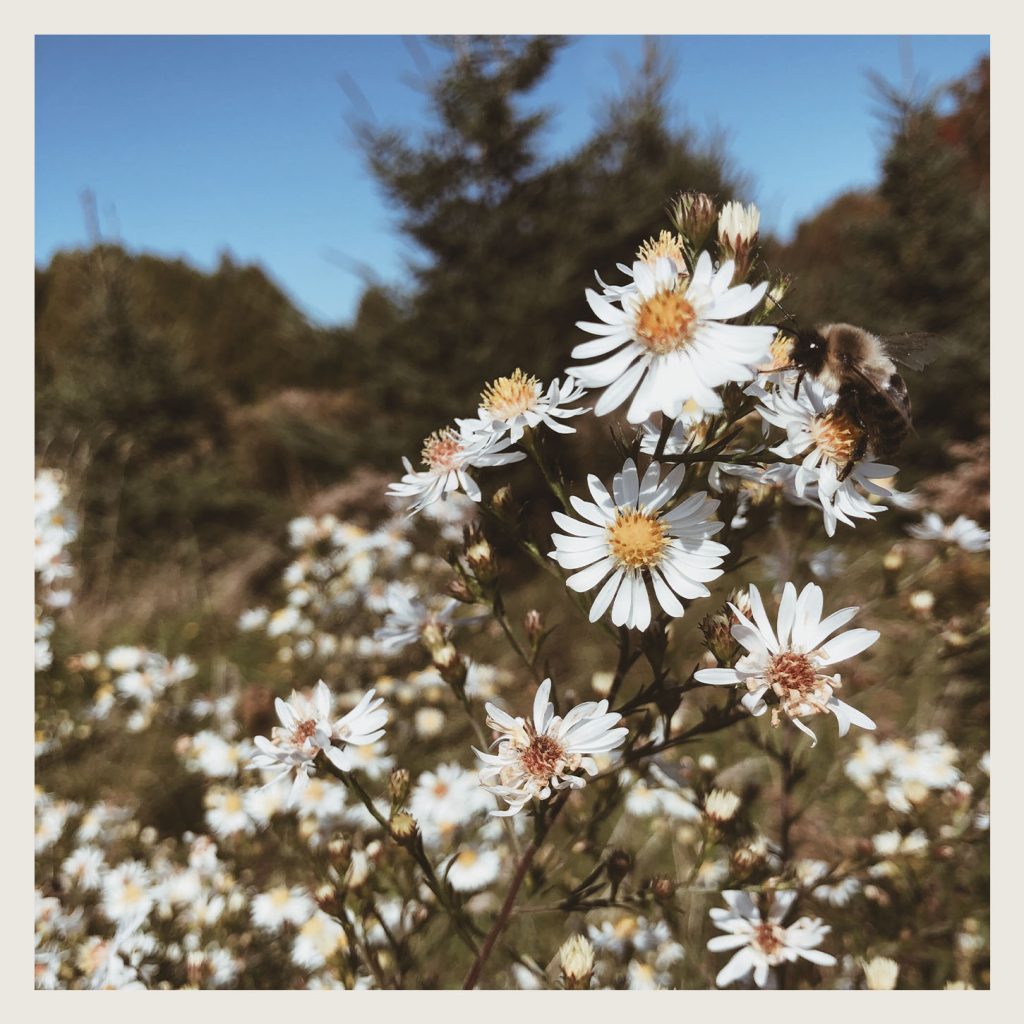
In some cases, municipalities have bylaws about what you can do with your outside areas, ensuring you meet a standard or level of care throughout your subdivision or community. Finding out what policies exist can be a great way to spark change.
Other Ways to Contribute
All this said, more and more people today are taking up residence in urban areas, including suburban neighbourhoods with little to no backyard, condos and apartments, group and community housing. This doesn’t mean you can’t make a difference, though! Along with starting conversations and sparking change, community gardens are another great addition to wildlife corridors, and they usually start thanks to the efforts of one or few people. This can be a great way to build community in an effort toward a viable and more biodiverse future, which will further awareness of the importance of maintaining our greenspaces.
Change doesn’t happen overnight. I encourage you to take a look around you. See the landscapes, both large and small, as opportunities to create food, habitats and pathways for those we share our world with, and remember that we are only as resilient as our ecosystems.
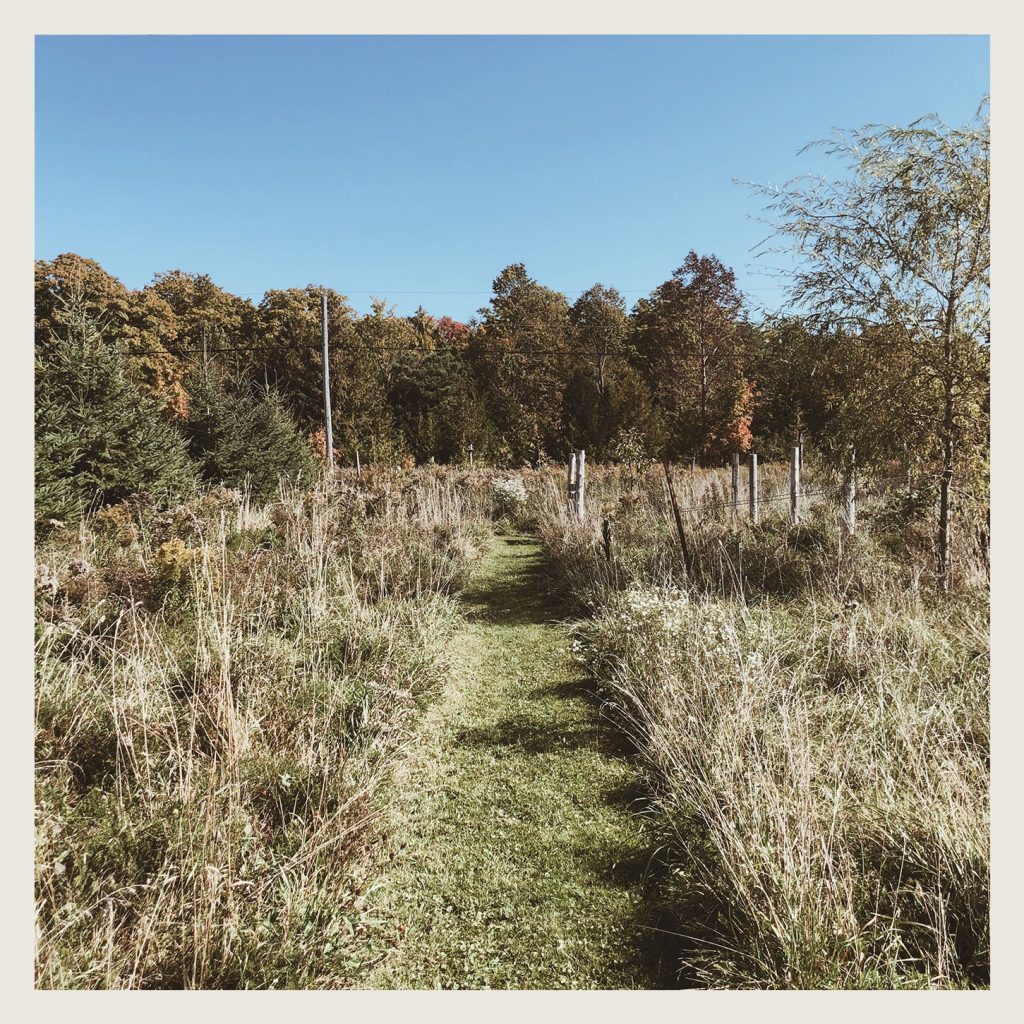
Photos Provided by Chelsea Vieira
Chelsea Vieira
Chelsea is a community herbalist and an all-around plant enthusiast. From a young age being fond of the wonders of the natural world, she's since gone on to help others reconnect and rekindle this relationship, and the magic it encompasses. Inspiring a harmonious and symbiotic relationship with all the kingdoms!
Subscribe to Blog via Email



